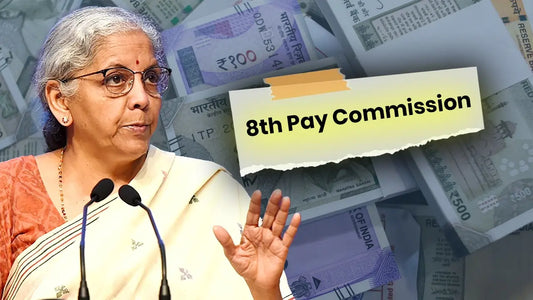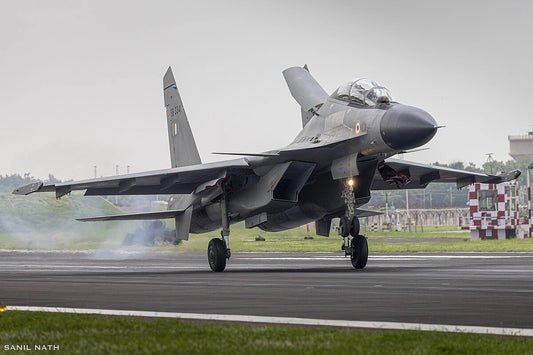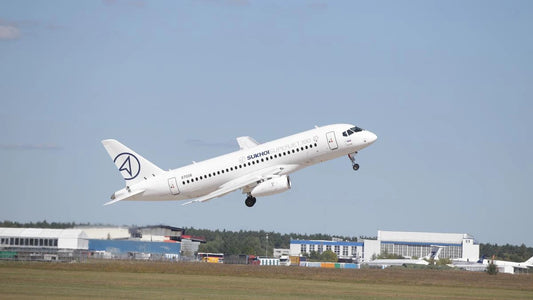Air Marshal Ashutosh Dixit on the Endurance of Fighter Jets and the Future of Manned-Unmanned Teaming

During the CNN-News18 Defence Townhall, Air Marshal Ashutosh Dixit, Chief of Integrated Defence Staff (CISC), refuted claims that the age of fighter jets is nearing its end. Addressing concerns about the potential obsolescence of manned combat aircraft, Dixit asserted that fighter jets are expected to remain significant for at least another century.
While emphasizing the continued importance of manned aircraft, Dixit pointed to Manned-Unmanned Teaming (MUMT) as the future of aerial warfare. This strategy involves collaboration between piloted aircraft and autonomous drones, aiming to enhance battlefield awareness, survivability, and precision during combat operations. His remarks align with a renewed focus on India's air defence strategy, particularly following Operation Sindoor, where coordinated strikes were executed against Pakistani military targets by the Indian Air Force.
The global discourse on the future of fighter aviation is intensifying amid advancements in artificial intelligence, drone technology, and the development of sixth-generation combat systems. Programs such as the U.S. Next Generation Air Dominance (NGAD) and Europe’s Future Combat Air System (FCAS) are exploring the integration of manned aircraft with drones. There is a prevailing belief that unmanned platforms might eventually supplant manned jets due to cost efficiency and their ability to operate in high-threat environments. Countries like China and Russia have already made strides in deploying advanced stealth drones and testing unmanned versions of existing aircraft.
However, Dixit emphasized the unparalleled operational flexibility, reliability, and human decision-making capabilities provided by manned fighter jets, especially in complex situations. He noted that these platforms remain crucial for deterrence, close air support, and deep-strike missions, as demonstrated in recent IAF operations. He argued that unmanned systems currently lack the capacity for real-time decision-making and face challenges related to cybersecurity and communication in high-stakes air combat scenarios.
While fully autonomous fighters are still years away, Dixit highlighted that MUMT would be the prevailing trend in the near future. The integration of drones with manned platforms allows for seamless sensor fusion, shared mission responsibilities, and enhanced combat effectiveness, thereby reducing risks to human life. India's initiatives in this area include the HAL’s CATS Warrior project, developed in collaboration with NewSpace Research and Technologies, which aims to complement future Indian fighter aircraft such as the AMCA.
Air Marshal Dixit’s statements reflect a prudent perspective on the evolving dynamics of air power, which integrates innovation with the enduring value of human-operated jets. As the Indian Air Force continues to modernize its fleet and doctrines, MUMT is expected to play a crucial role in securing air superiority for the coming generations.



















